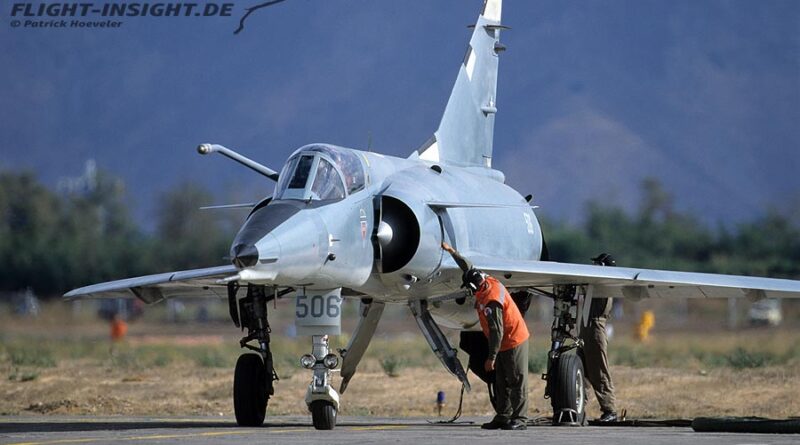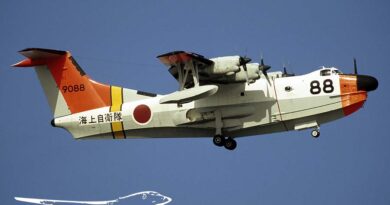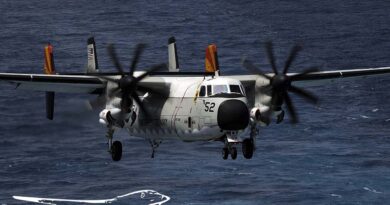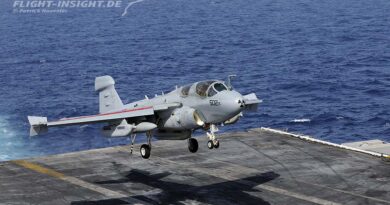ENAER Pantera
Das Flugzeug mit der Seriennummer 514 diente als Prototyp und wurde am 14. Oktober 1988 unter dem neuen Namen „Pantera“ (Panther) vorgestellt. Der Erstflug folgte kurz darauf. Insgesamt modifizierte ENAER 13 einsitzige und zwei doppelsitzige Flugzeuge. Ende 1993 schloss die Grupo de Aviacion 4 in Punta Arenas im Süden des Landes die Umrüstung auf die Pantera ab. Ihre Hauptaufgabe lag im Schutz der Magellanstraße aufgrund der Spannungen mit dem Nachbarland Argentinien in diesem Gebiet. Knapp 15 Jahre später war die Karriere des Kampfflugzeugs bereits beendet: Bessere Beziehungen zu Argentinien hatten zu einer geringeren Bedrohungslage im Süden geführt. Im März 2006 wurden zudem die ersten Lockheed Martin F-16C/D Fighting Falcons ausgeliefert, und 2007 stellte die FACh gebrauchte F-16A/B aus den Niederlanden in Dienst. Die Panteras gingen schließlich am 28. Dezember 2007 außer Dienst, obwohl sie noch einige Jahre länger im Einsatz hätten bleiben können. Die Grupo de Aviacion 4 wurde aufgelöst. Heute ist Punta Arenas die Heimat der F-5E Tiger III der Grupo de Aviacion 12. Der Tiger III ist ein weiteres Modifikationsprogramm, das ENAER mit Israel durchgeführt hat. Trotz ihrer relativ kurzen Einsatzzeit lieferte die Pantera der chilenischen Luftfahrtindustrie wertvolle Erfahrungen. Zwei Exemplare dieses Typs – ein Ein- und ein Doppelsitzer – sind im nationalen Luftfahrtmuseum in Santiago-Los Cerillos ausgestellt.
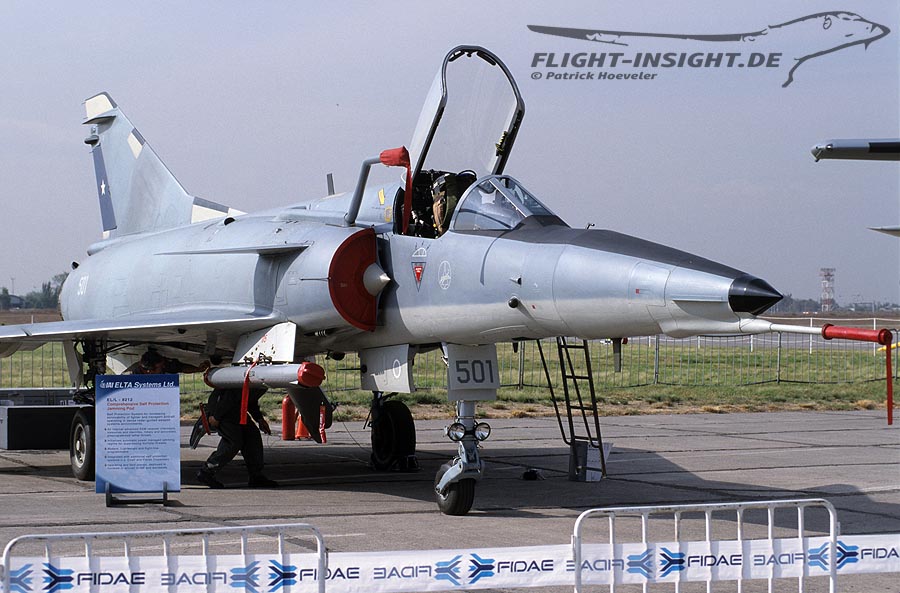
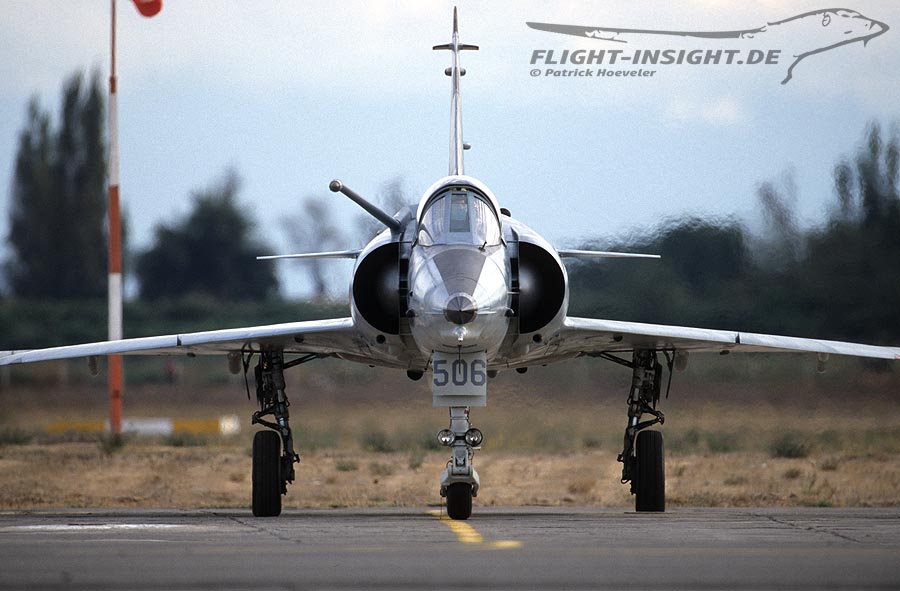
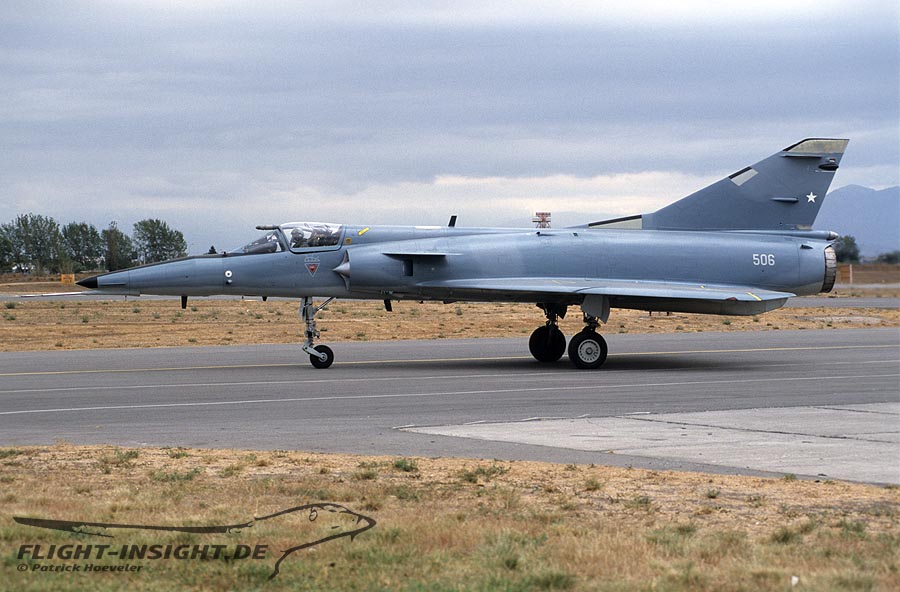
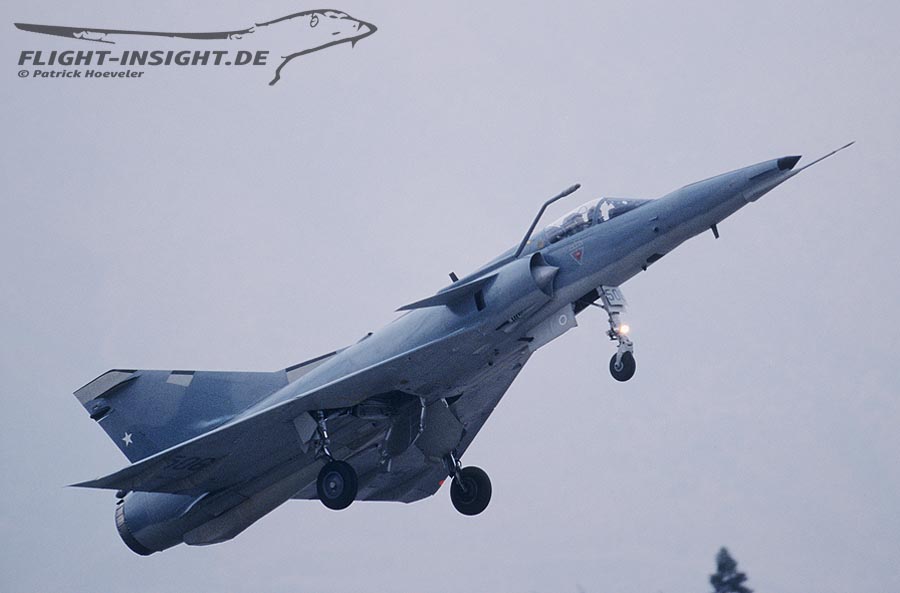
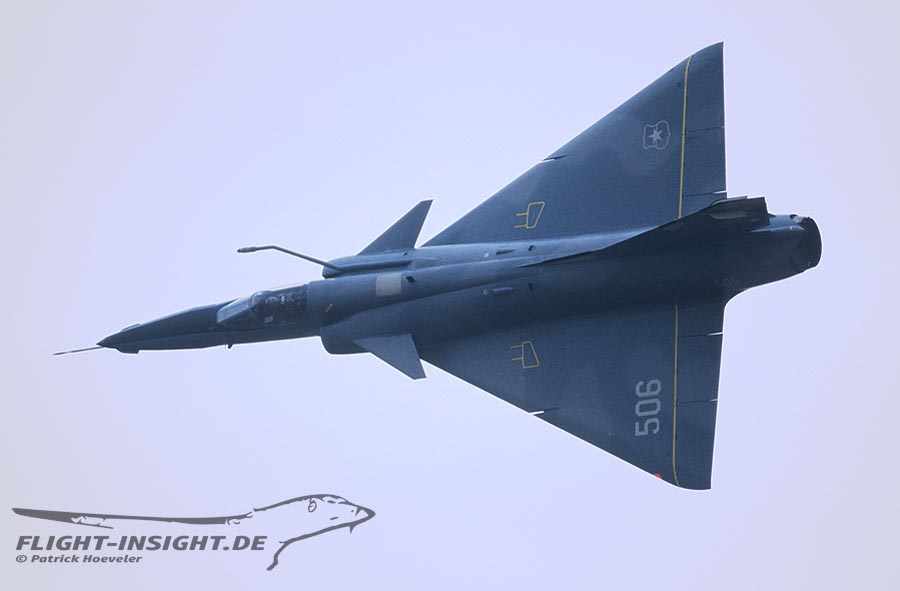
Technische Daten
Länge: 15,56 m (Mirage 50)
Höhe: 4,25 m
Spannweite: 8,22 m
Flügelfläche: 35 m²
Triebwerk: ein Snecma Atar 9K-50
Leistung: 70,73 kN
Leermasse: 4350 kg (Mirage 50)
Startmasse: 9900 kg (Mirage 50)
Max. Startmasse: 13700 kg (Mirage 50)
Höchstgeschwindigkeit: 2335 km/h in 12000 m (Mirage 50)
Dienstgipfelhöhe: 18800 m (Mirage 50)
Reichweite: 1250 km (Mirage 50)
Bewaffnung: 2 x Luft-Luft-Raketen Python III, verschiedene Außenlasten, zwei interne 30-mm-Kanonen DEFA 552
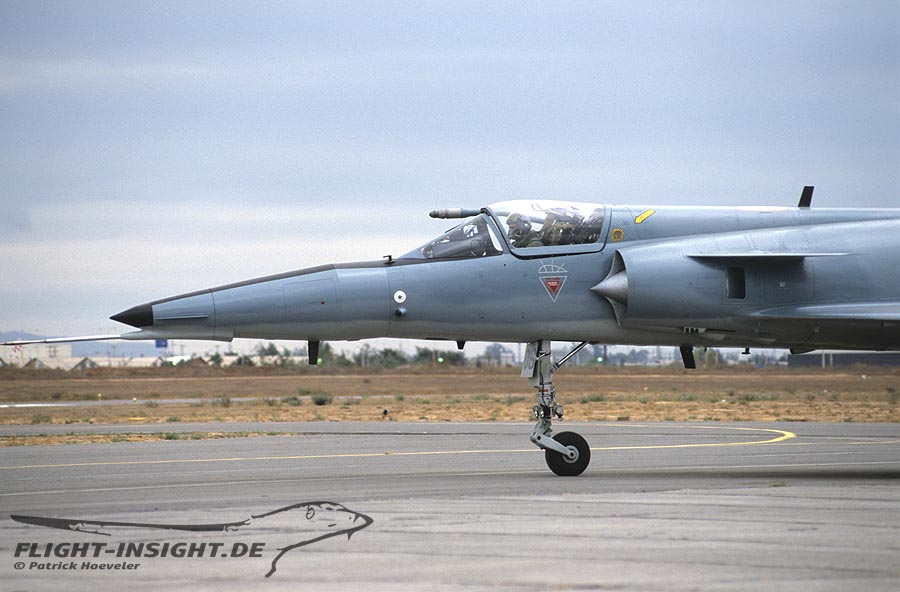
For three decades the Fuerza Aérea de Chile (FACh) had relied on the venerable Hawker Hunter as their prime fighter and attack aircraft. The search for a replacement was difficult. The US embargo against the South American country did not make things easier, and so in 1985 Chile decided to improve its fleet of Dassault Mirage 50 fighters with the help of Israeli Air Industries (IAI). The FACh had acquired 16 examples from Dassault in 1979.
Responsible for the modifications in Chile was the state enterprise ENAER (Empresa Nacional de AERonautica de Chile) which was founded in 1984. Early in 1986 the national aviation industry company received the order to carry-out the modifications. Together with IAI they introduced several features of the Kfir fighter, with the exception of the General Electric J79 engine which could not be used because of the embargo. The engineers turned to the improved Snecma Atar 9K-50 instead which also powered the Mirage F1. Improved avionics included a new Head-up-Display (HUD) and Inertial Navigation System (INS) as well as the Elta EL/M-2001B ranging radar. The aerodynamic configuration resembled that of the Kfir C7 with non-moving canard foreplanes to increase manoeuvrability and redesigned nose with vortex generators on the side and an underslung pitot vane. Other new features were an air-to-air refuelling probe, installation of the electric and hydraulic system of the Kfir as well as the more robust landing gear of the Israeli Mirage derivative. To fit the new avionics the nose was lengthened by 0,91 m. Additional hardpoints under the air intakes increased the range of stores that could be carried, including the Python III air-to-air missile from Israel. The Caiquen III radar warning receiver and the Eclipse chaff and flare dispenser were developed by ENAER.
The aircraft with the serial No. 514 served as a prototype and was rolled-out on 14 October 1988 under the new name “Pantera” (panther). The first flight followed soon after. In total 13 single-seaters and two twin-seaters were modified. At the end of 1993 the Grupo de Aviacion 4 at Punta Arenas in the south of the country finished the conversion to the Pantera. Its main mission was to protect the aera of the Magellan strait because of tensions with neighbouring Argentina in that area. Just about 15 years later the career of the fighter was already over: better relations with Argentina led to a lower threat situation in the south. Additionally, in March 2006 the first Lockheed Martin F-16C/D Fighting Falcons were delivered, and in 2007 used F-16A/B from the Netherlands were introduced into service. The Panteras were finally retired on 28, December 2007 although they still had quite a few years of service life in them. Grupo de Aviacion 4 was disbanded. Today Punta Arenas is called home by the F-5E Tiger III from Grupo de Aviacion 12. The Tiger III is another modification program ENAER has done with Israel. Despite its relatively short operational career the Pantera has provided the Chilean aviation industry with valuable experience. Two examples of the type – a single- and a two-seater aircraft – are on display at the national aviation museum in Santiago-Los Cerillos.

Specifications
Length: 15,56 m (Mirage 50)
Height: 4,25 m
Span: 8,22 m
Wing area: 35 m²
Engine: one Snecma Atar 9K-50
Power: 70,73 kN
Empty weight: 4350 kg (Mirage 50)
Take-off weight: 9900 kg (Mirage 50)
Max. take-off weight: 13700 kg (Mirage 50)
Max. Speed: 2335 km/h in 12000 m (Mirage 50)
Service ceiling: 18800 m (Mirage 50)
Range: 1250 km (Mirage 50)
Armament: 2 x air-to-air missiles Python III, different stores, two internal 30-mm- canons DEFA 552

